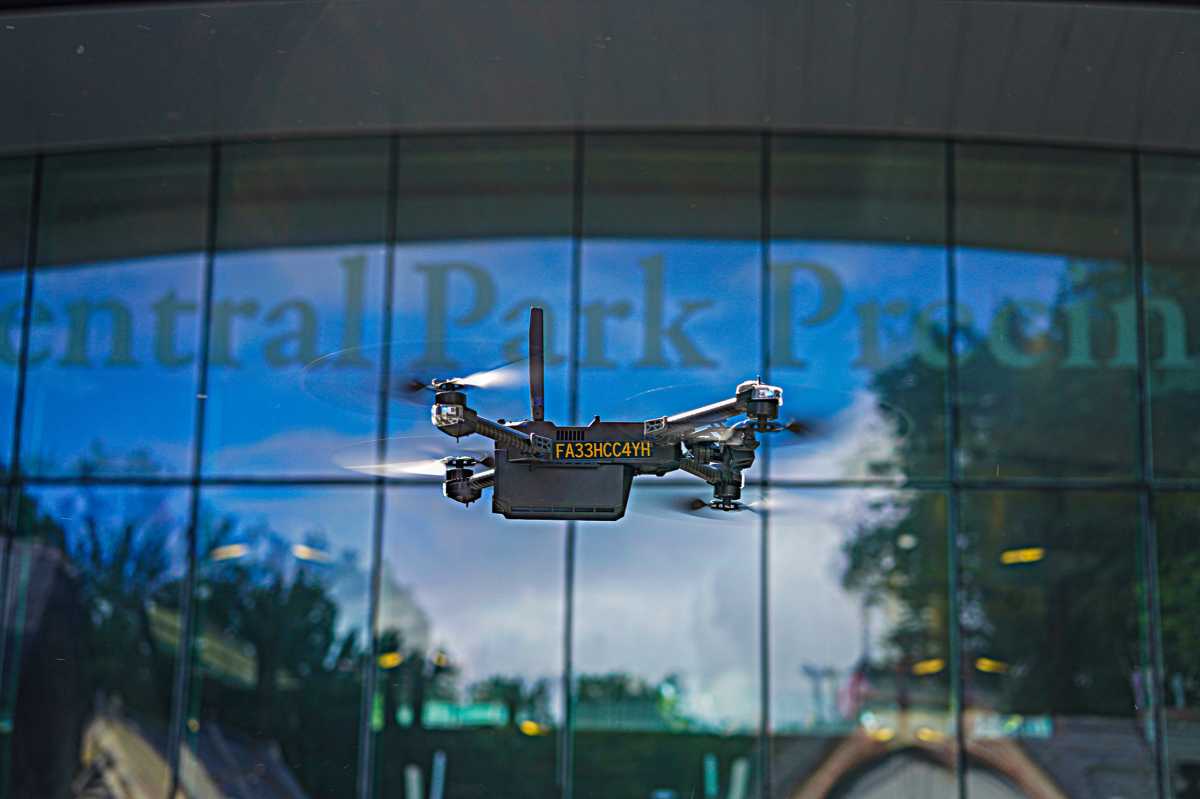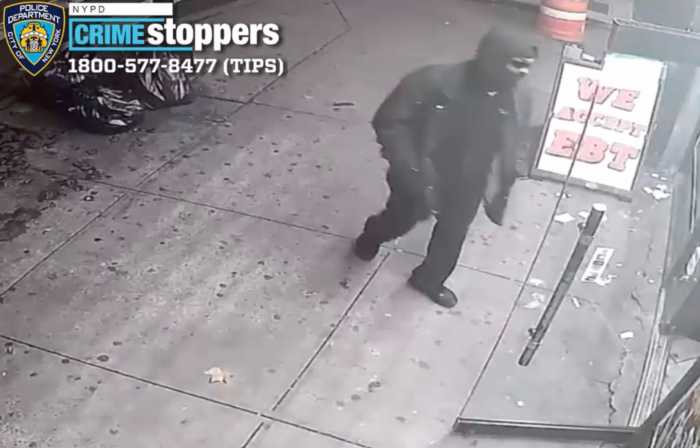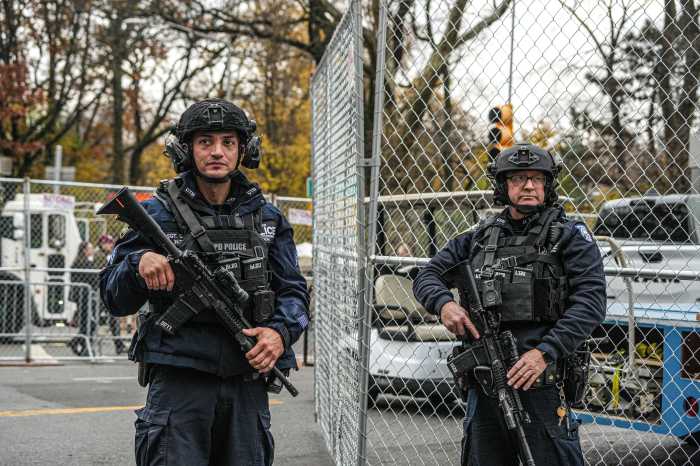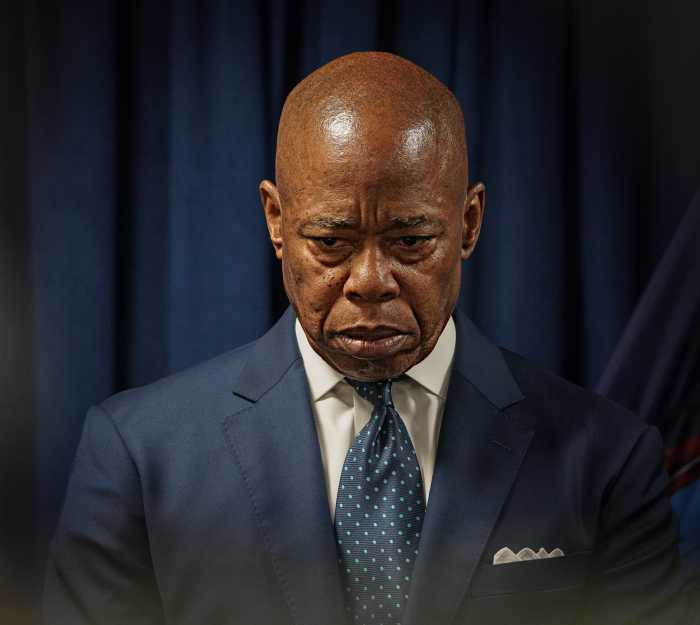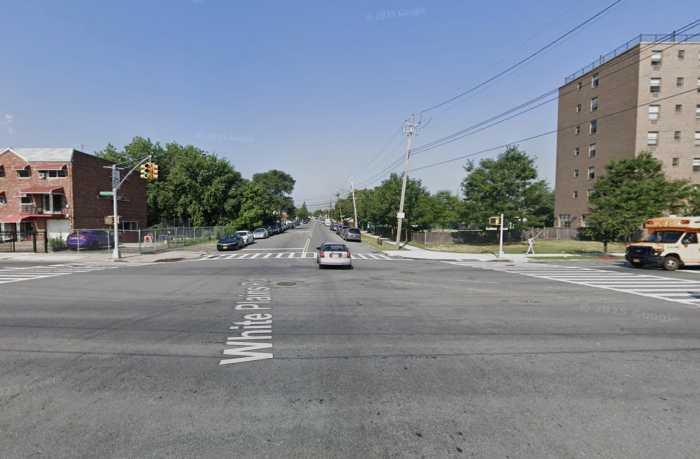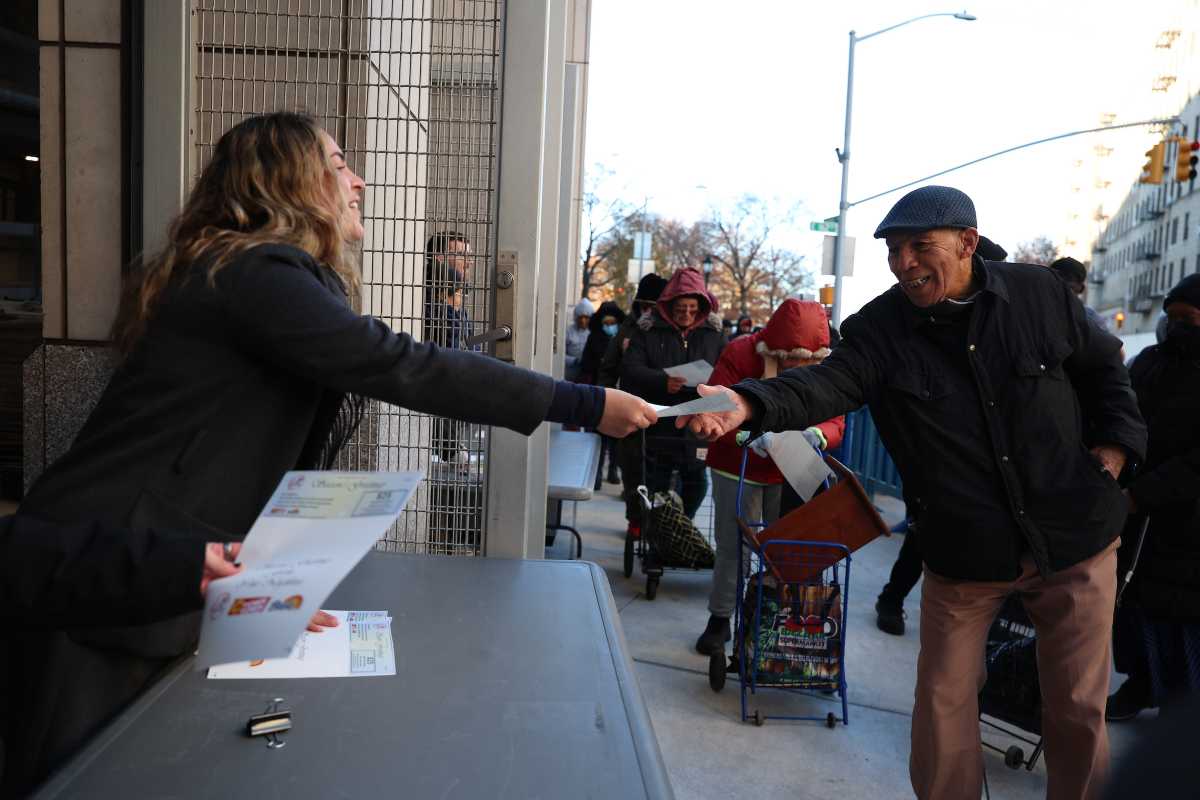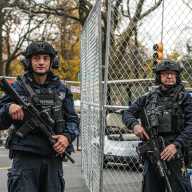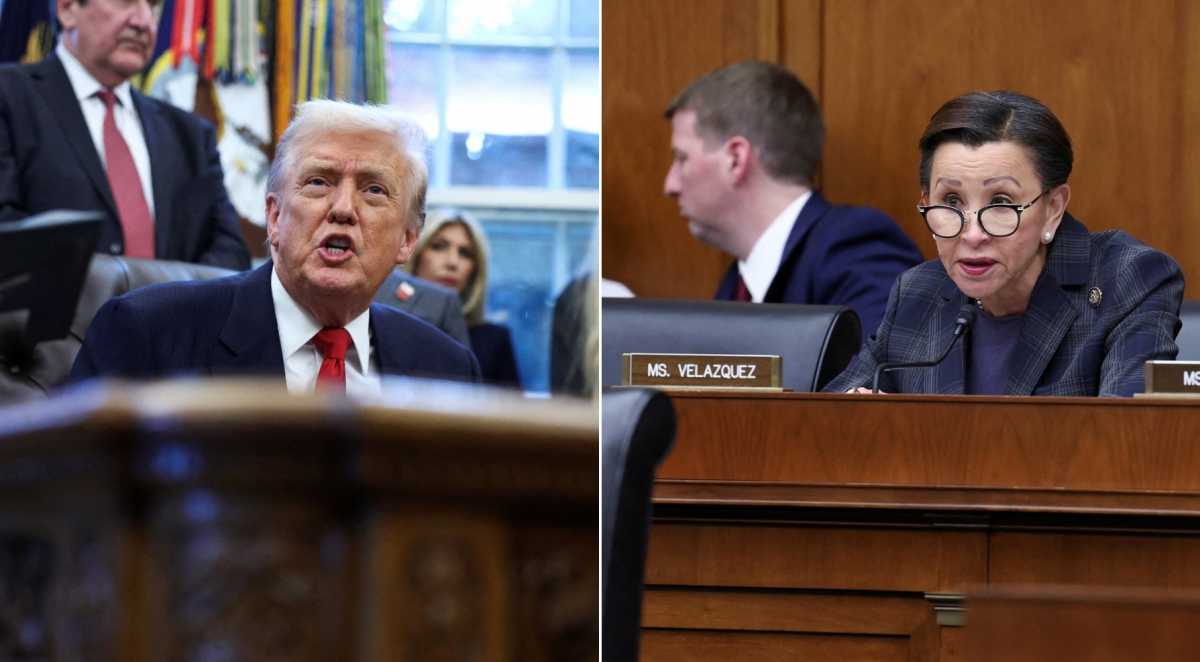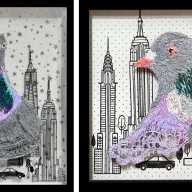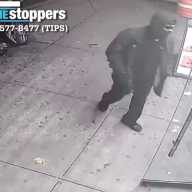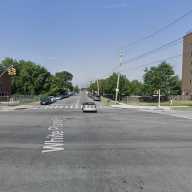The NYPD plans to use police drones not just for surveillance bait for also providing quick aid during life-threatening situations.
amNewYork Metro has learned that the department is launching a pilot program to send drones to shooting scenes, giving cops the ability to assess situations in less than a minute and also drop medical devices from the sky.
According to the NYPD, the drones will be set up at the Central Park Precinct and several other undisclosed locations. The drones will respond to activations of ShotSpotter — the department’s citywide network of sound sensors used to detect potential gunshots—and will fly to the scene.
NYPD Deputy Commissioner Kaz Daughtry says the drones could aid the department by instantly providing cops with a bird’s eye view of the situation. Police will use the footage drones gather to determine if an active shooter is still on scene; quickly identify and a track a suspect; and determine if anyone is in need of immediate medical treatment.
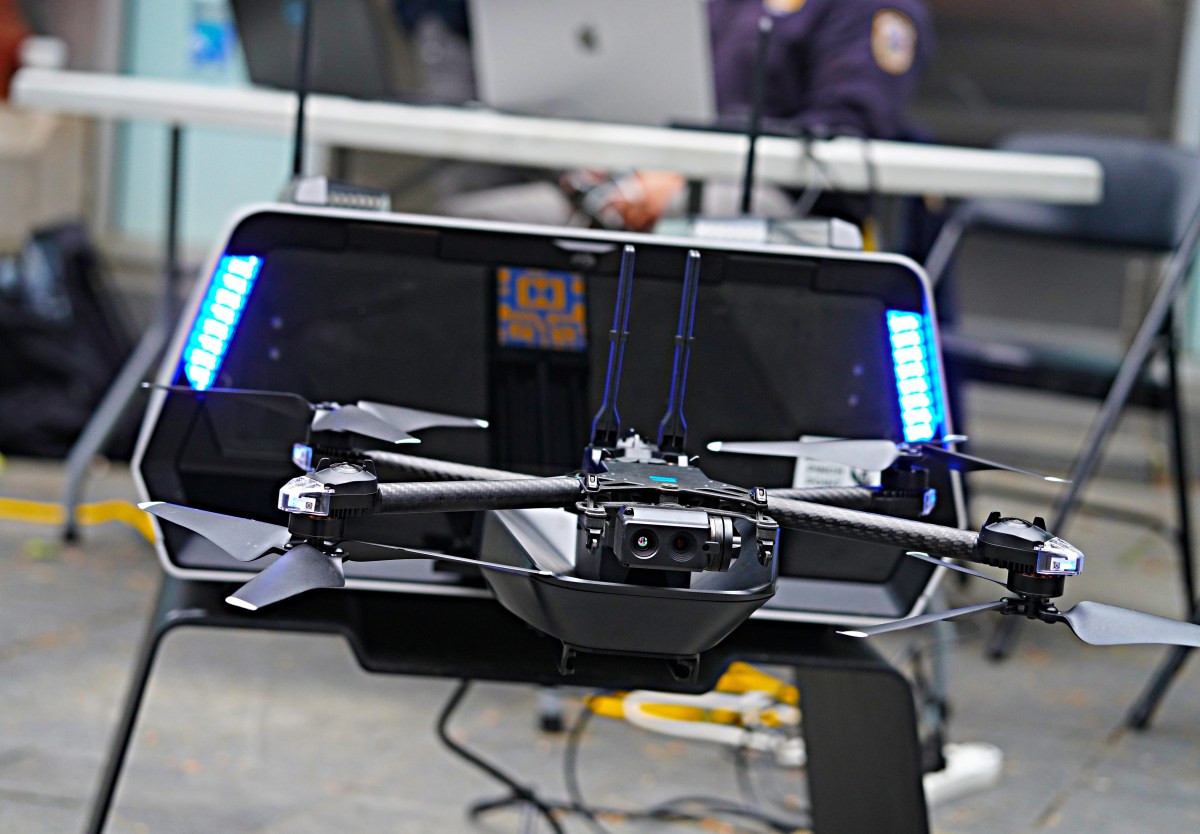
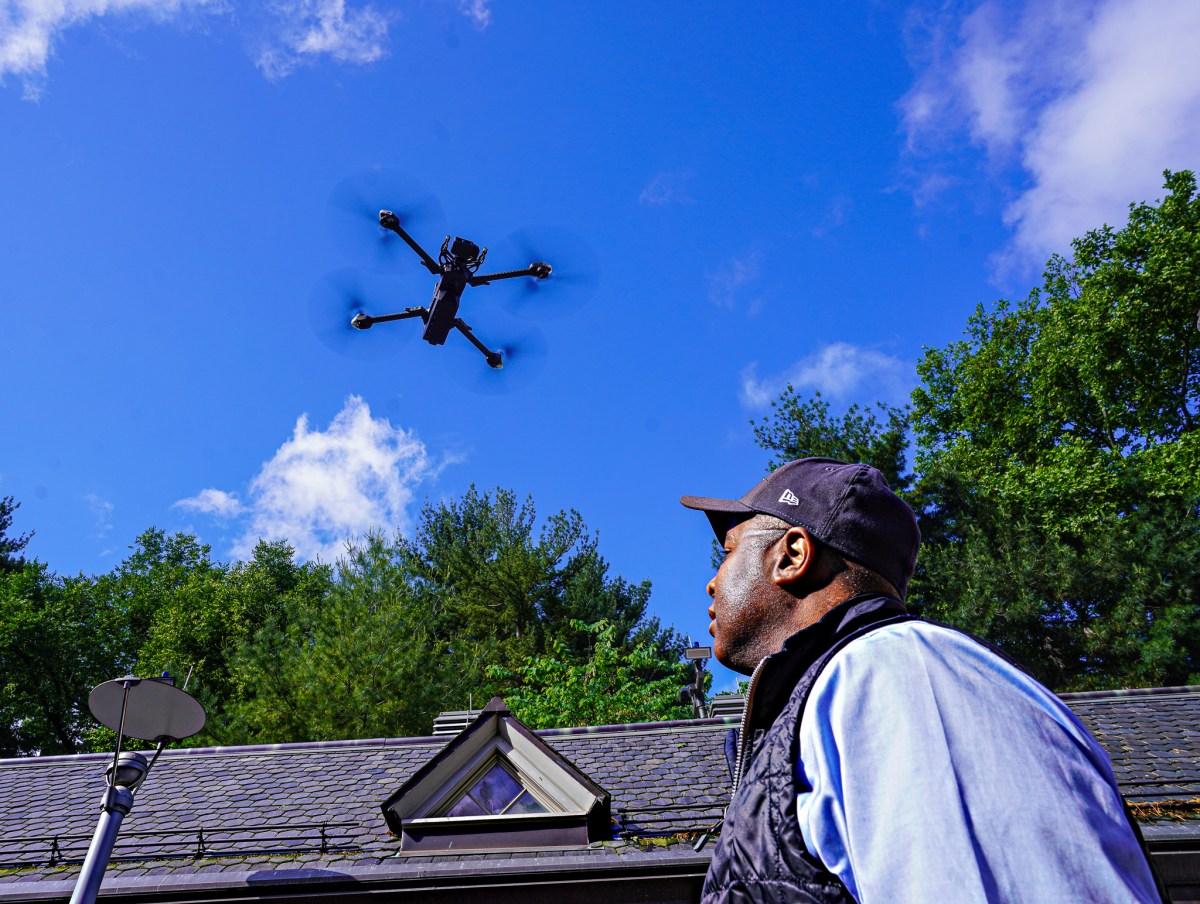
“ShotSpotter is integrated into this drone in the box. When ShotSpotter activates, shotspotter will send a remote signal to the drone docking station,” Daughtry explained. “We are looking for a person lying on the ground who needs help. When we ask what happens a lot of time people will point, so these are the things the drone pilot is looking for.”
Chief of Patrol John Chell says this technology will not only be invaluable in catching shooting suspects, but also help responding officers realize the severity of the situation.
“Picture it this way: if each precinct had a drone in the back of a police car it [could be] used to find missing people in real time, it [could be] used to find someone hiding in a backyard somewhere,” Chief Chell postulated. “Think about the speed and quickness they can get to certain jobs to give us a bird’s eye view, to gather evidence, to see what’s happening much quicker than a police car can get there.”

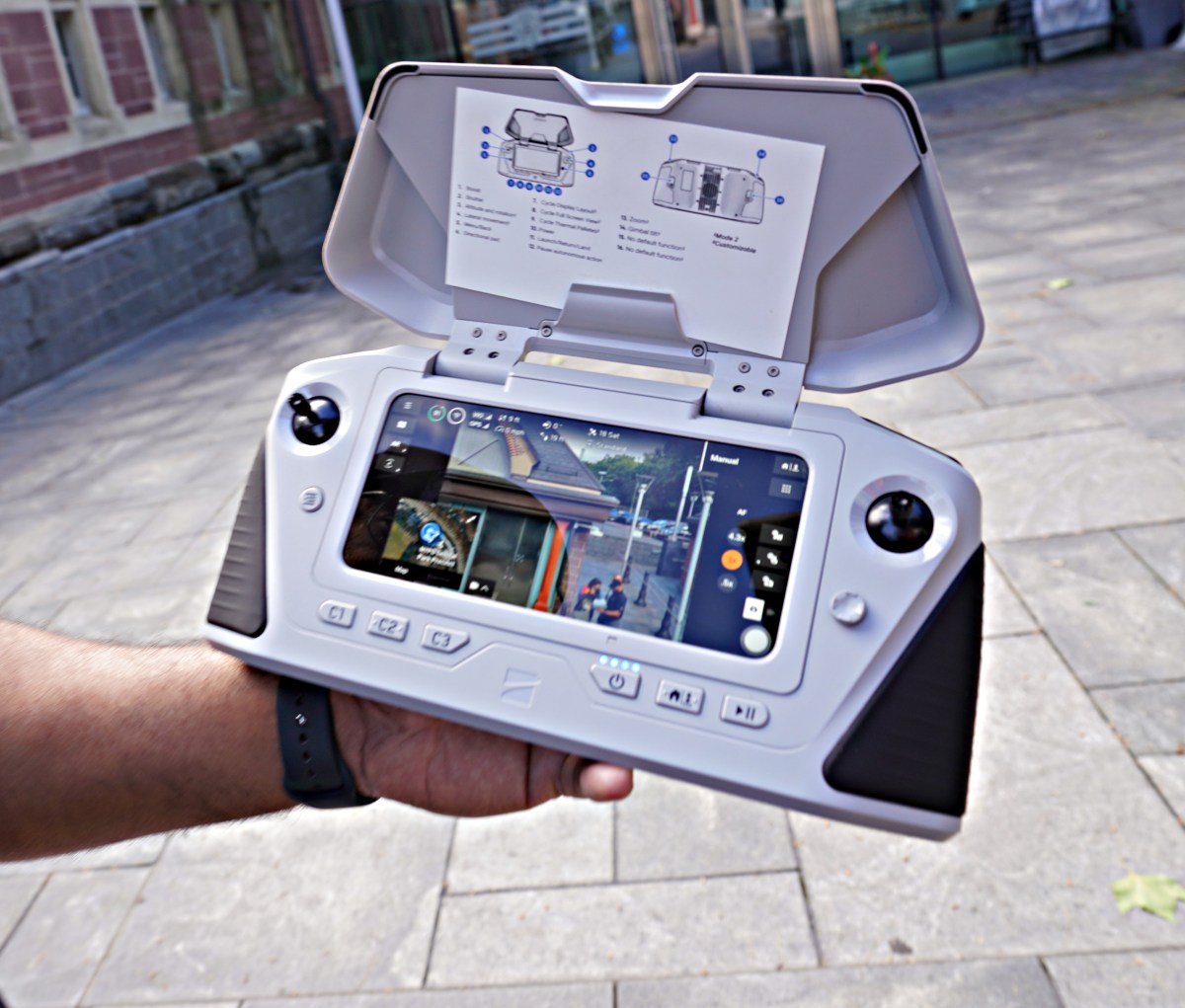
The drones are equipped with thermal imaging to be able to detect a criminal or person in need at night.
Beyond responding to shootings, Daughtry says the drones will also be deployed to provide life-saving measures in other emergencies.
Over the summer, Daughtry told amNewYork Metro, drones will survey city beaches to spot swimmers struggling in the water — and even be able to drop expandable flotation devices to help keep them afloat.
“This is a resttube, it will be fixed to the drone and once the drones get to someone who has difficulty staying afloat, a drone pilot will see that lifeguards will be deployed right away and the pilot can drop this resttube,” Daughtry said. “Once this makes contact with the water, it will automatically open up into a flotation device.”
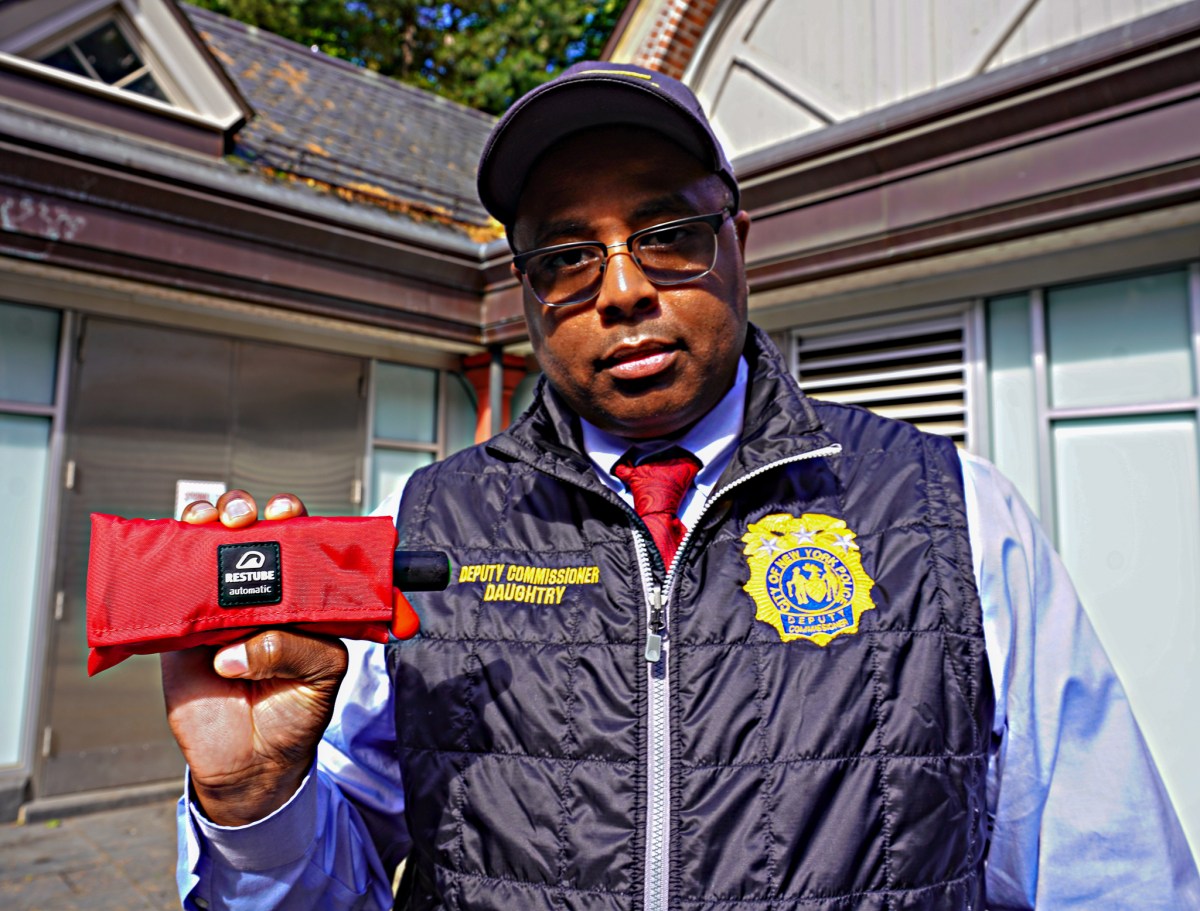
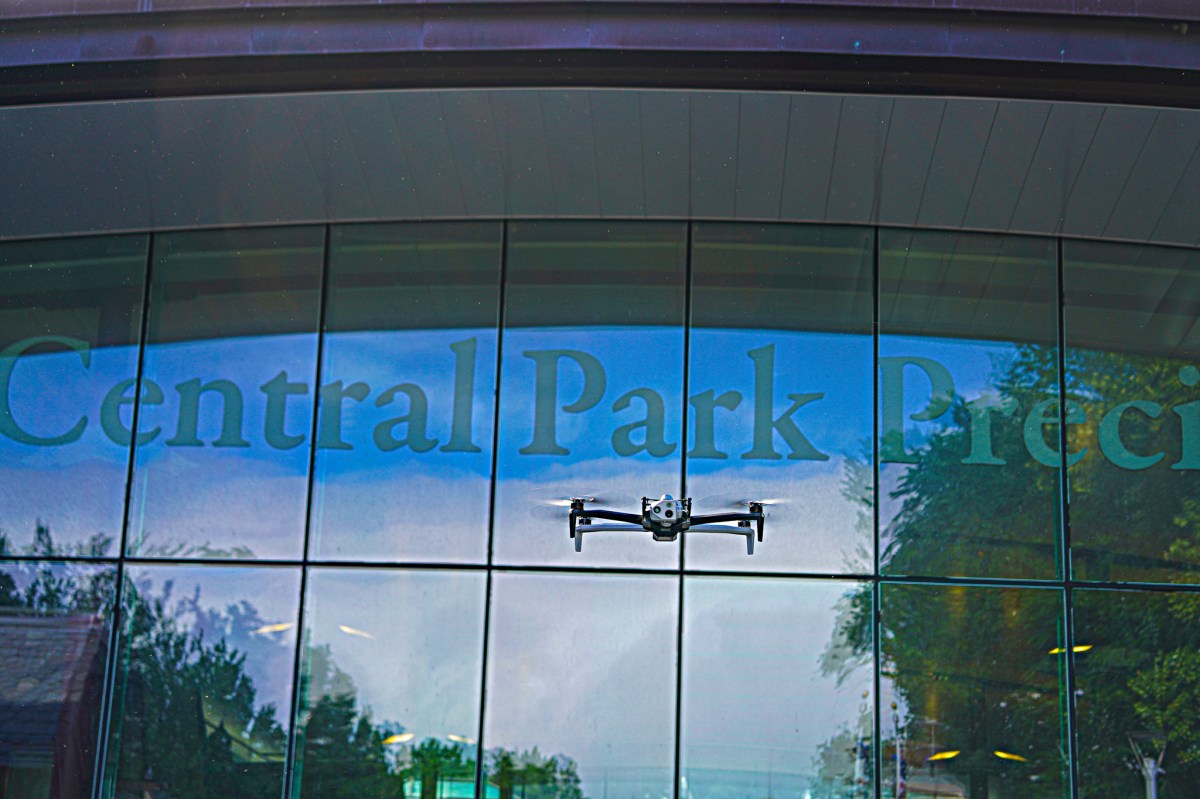
While this will be implemented over the summer months, Daughtry also says he is looking into how else drones could save lives in the future — such as by equipping the devices with Narcan that can be administered to those suffering overdoses; to defibrillators that can help EMTs quickly resuscitate cardiac arrest patients.
“The possibilities are endless,” Daughtry said.



